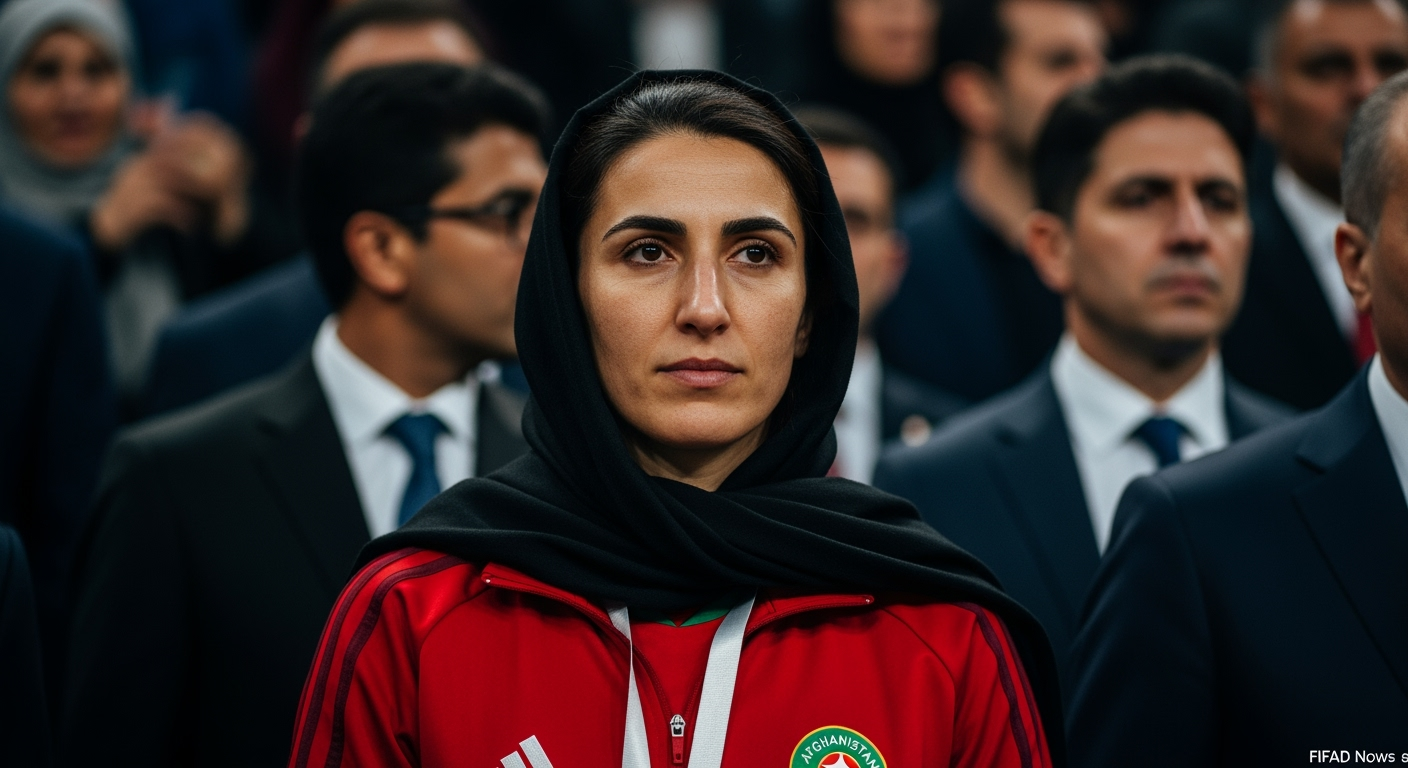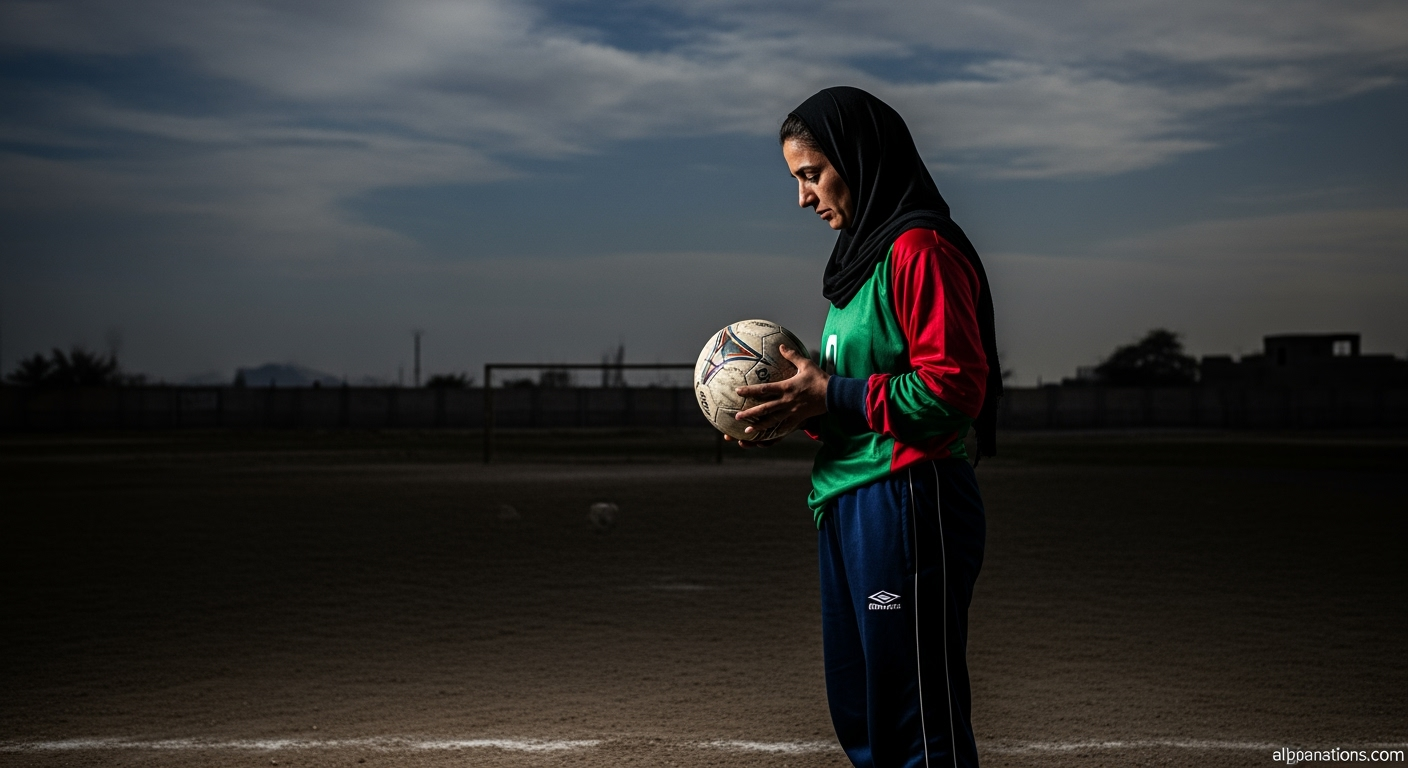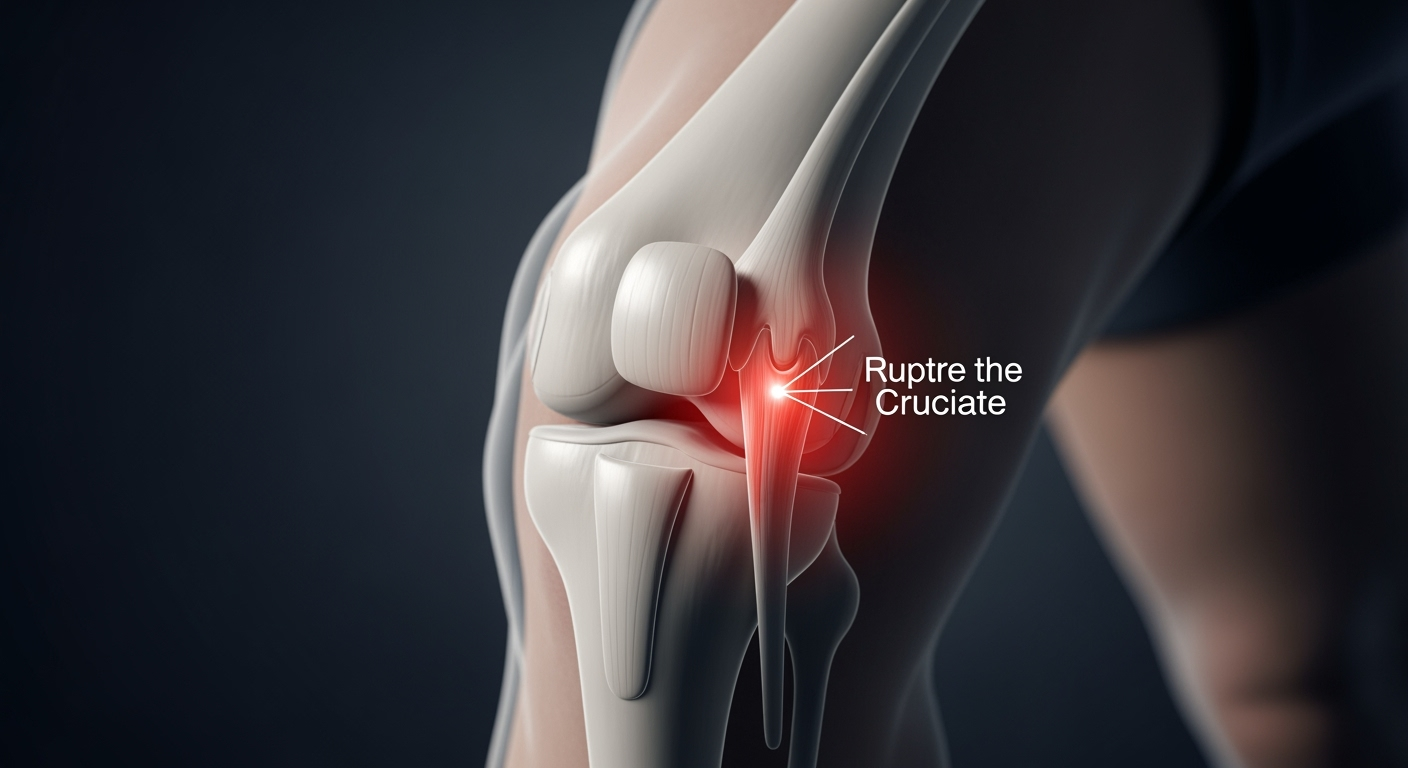Related Articles

Afghan Women's Football Team Forges Historic Path Back to International Arena After Years of Exile




Cruciate ligament ruptures, particularly those affecting the anterior cruciate ligament (ACL), represent one of the most debilitating and prevalent knee injuries, significantly impacting athletes and active individuals worldwide. These injuries, characterized by sudden pain, instability, and a distinctive "pop," often lead to lengthy recovery periods and, in many cases, require surgical intervention to restore knee function. With hundreds of thousands of ACL tears occurring annually in the United States alone, understanding the mechanics, treatment, and prevention of these critical ligament injuries is essential for maintaining mobility and long-term joint health.
The knee joint, a marvel of biomechanical engineering, relies on a complex network of ligaments for stability. Among the most crucial are the cruciate ligaments, named for their "cross" formation within the knee. The anterior cruciate ligament (ACL) and posterior cruciate ligament (PCL) connect the thigh bone (femur) to the shin bone (tibia), preventing excessive front-to-back movement of the tibia relative to the femur. The ACL specifically restricts forward movement of the tibia and controls rotational stability, making it particularly vulnerable during activities involving sudden changes in direction or pivots. In contrast, the PCL primarily prevents backward displacement of the tibia.
ACL injuries are significantly more common than PCL injuries, accounting for nearly half of all knee injuries, with an estimated 200,000 to 400,000 tears occurring each year in the U.S. PCL injuries are rarer, comprising less than 20% of all knee ligament injuries, primarily due to the ligament's inherent strength and broader structure. The annual incidence of isolated complete PCL tears is approximately 2 in 100,000. Both types of ruptures can range from a minor stretch (Grade 1 sprain) to a partial tear (Grade 2) or a complete tear (Grade 3), with complete tears being the most common and severe form of ACL injury.
Cruciate ligament ruptures frequently occur during non-contact incidents, such as rapid changes in direction, sudden stops, improper landings from jumps, or slowing down while running. Direct impact to the knee, like a football tackle or a "dashboard injury" in a car accident, is a more common cause for PCL tears. Athletes participating in sports requiring pivoting, cutting, and jumping—such as soccer, basketball, skiing, football, and gymnastics—are at a particularly high risk for ACL injuries. Female athletes face a higher incidence of ACL injury than males, a disparity attributed to anatomical, biomechanical, and neuromuscular factors, along with differences in physical conditioning and hormonal influences.
The onset of a cruciate ligament rupture is often unmistakable. Many individuals report hearing or feeling a distinct "pop" at the moment of injury. This is typically followed by severe pain, rapid swelling within hours, and a sensation of the knee "giving out" or feeling unstable. Other symptoms include a loss of full range of motion, tenderness along the joint line, and difficulty bearing weight. In approximately 50% of cases, other structures within the knee, such as the meniscus or other ligaments, are also damaged.
Diagnosing a cruciate ligament rupture typically begins with a physical examination, where a doctor assesses the knee's stability and range of motion through specific manual tests like the Lachman test and pivot shift test. While clinical examination can be accurate, a magnetic resonance imaging (MRI) scan is usually ordered to confirm the diagnosis, determine the extent of the tear (partial or complete), and identify any associated injuries to cartilage or other ligaments. X-rays may also be performed to rule out bone fractures.
Treatment for a cruciate ligament rupture is highly individualized, depending on factors such as the severity of the injury, the patient's age, activity level, and recovery goals.
For less active individuals, older patients, or those with partial tears, conservative, non-surgical management may be recommended. This approach typically involves the RICE (Rest, Ice, Compression, Elevation) method immediately after the injury to reduce pain and swelling, followed by a comprehensive physical therapy program. Physical therapy focuses on strengthening the muscles surrounding the knee, particularly the quadriceps and hamstrings, improving balance, and restoring range of motion. Bracing may also be used to provide support and protect the joint during recovery. While non-surgical treatment can help regain mobility and strength, it cannot heal a completely torn ACL and may leave some residual instability, especially for active individuals.
For athletes and younger, active individuals aiming to return to high-demand sports, surgical reconstruction is often the preferred and most common treatment. During ACL reconstruction, the torn ligament is typically removed and replaced with a graft, often taken from the patient's own tendons (autograft), such as the hamstring or patellar tendon. In some cases, a donor tendon (allograft) may be used. The procedure is usually performed arthroscopically, a minimally invasive technique. Newer surgical options, such as primary repair of the ACL or ACL restoration with an implant, are also emerging. For PCL injuries, conservative treatment is often effective for isolated Grade I or II sprains, but severe or multi-ligament PCL injuries may also require surgical reconstruction.
The recovery period following a cruciate ligament rupture, especially after surgery, is a demanding and lengthy process. For ACL reconstruction, recovery typically spans six to nine months, with some individuals taking up to a year to return to full activity, particularly competitive sports. The rehabilitation protocol is rigorous and involves progressive exercises to restore mobility, strength, and balance, with adherence being critical for optimal outcomes. Non-surgical recovery for a complete tear can also take six months to over a year, with partial tears requiring three to six months.
Despite successful treatment, long-term consequences can include an increased risk of developing knee osteoarthritis, even a six-fold increase in the case of PCL insufficiency. Re-injury is also a significant concern, with studies indicating that up to 30% of athletes experience a second ACL injury, either in the reconstructed knee or the opposite knee, within two years.
Prevention strategies are paramount to mitigating the risk of cruciate ligament ruptures. Neuromuscular training programs, which focus on improving jumping and landing mechanics, strengthening core muscles, and enhancing hip and thigh strength, can reduce ACL injury risk by up to 70%. Athletes are advised to train year-round, warm up adequately, and prioritize proper technique during movements involving pivoting, cutting, and jumping. Avoiding exercise when overly fatigued also helps maintain good form and reduces injury susceptibility.
Cruciate ligament ruptures, particularly ACL tears, present a formidable challenge for individuals and healthcare systems. While advancements in diagnosis and treatment offer promising paths to recovery, the incidence of these injuries continues to rise. A comprehensive understanding of the risk factors, symptoms, and the critical role of structured rehabilitation and proactive prevention strategies is vital. By prioritizing year-round conditioning, proper movement mechanics, and listening to the body's signals, individuals can significantly reduce their risk, safeguarding their knee health and maintaining an active lifestyle.